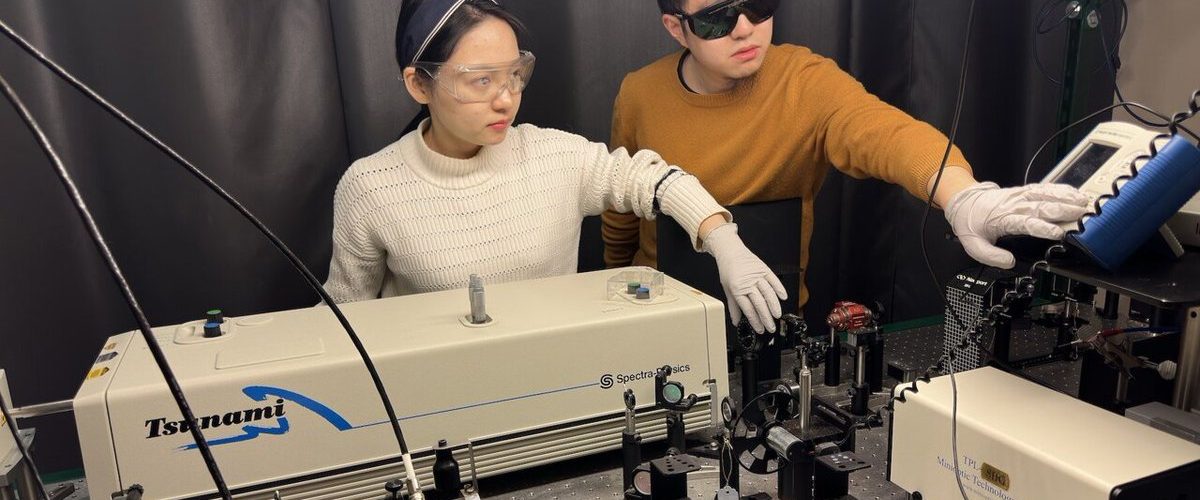Record-setting discovery could lower energy consumption and improve heat management in electronic devices
(Minneapolis, MN) — August 1, 2023 — A team led by University of Minnesota scientists and engineers has discovered a new method for tuning the thermal conductivity of materials to control heat flow “on the fly.” Their tuning range is the highest ever recorded among one-step processes in the field and will open a door to developing more energy-efficient and durable electronic devices.
The U.S. National Science Foundation–supported research is published in Nature Communications.
Just as electrical conductivity determines how well a material can transport electricity, thermal conductivity describes how well a material can transport heat. For example, many metals used to make frying pans have a high thermal conductivity so that they can transport heat efficiently to cook food.
Typically, the thermal conductivity of a material is a constant, unchanging value. However, the team has discovered a simple process to “tune” this value in lanthanum strontium cobaltite, a material often used in fuel cells. Like the way a switch controls the flow of electricity to a light bulb, the researchers’ method provides a way to turn heat flow on and off in devices.
“Controlling how well a material can transfer heat is of great importance in daily life and in industry,” said Xiaojia Wang, co-corresponding author of the study. “With this research, we have achieved a record-high tuning of thermal conductivity, showing promise for effective thermal management and energy consumption in the electronic devices people use every day. A well-designed and functioning thermal management system would enable better user experience and make devices more durable.”
Wang’s team worked in tandem with Chris Leighton, whose lab specializes in materials synthesis.
Leighton’s team fabricated the lanthanum strontium cobaltite devices using a process called electrolyte gating, in which ions (molecules with an electrical charge) are driven to the surface of the material. This allowed Wang and her research team to manipulate the material by applying a low voltage to it.
“Electrolyte gating is a tremendously powerful technique for controlling the properties of materials and is well established for voltage-control of electronic, magnetic, and optical behavior,” said Leighton, co-corresponding author of the study.
“This new work applies this approach in the realm of thermal properties, where voltage-control of physical behavior is less explored. Our results establish low-power, continuously tunable thermal conductivity over an impressive range, opening some exciting potential device applications.”
Much of the work was conducted at the University of Minnesota Materials Research Science and Engineering Center, with part done at the Minnesota Nano Center, supported by NSF through its National Nanotechnology Coordinated Infrastructure.






